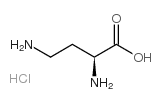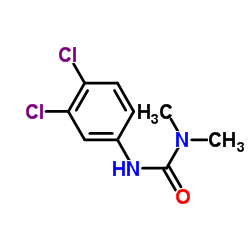| Structure | Name/CAS No. | Articles |
|---|---|---|
 |
H-Dab.HCl
CAS:1482-98-0 |
|
 |
glutaraldehyde
CAS:111-30-8 |
|
 |
Diuron
CAS:330-54-1 |
|
 |
Methyl viologen dichloride hydrate
CAS:75365-73-0 |
|
 |
Uracil
CAS:66-22-8 |